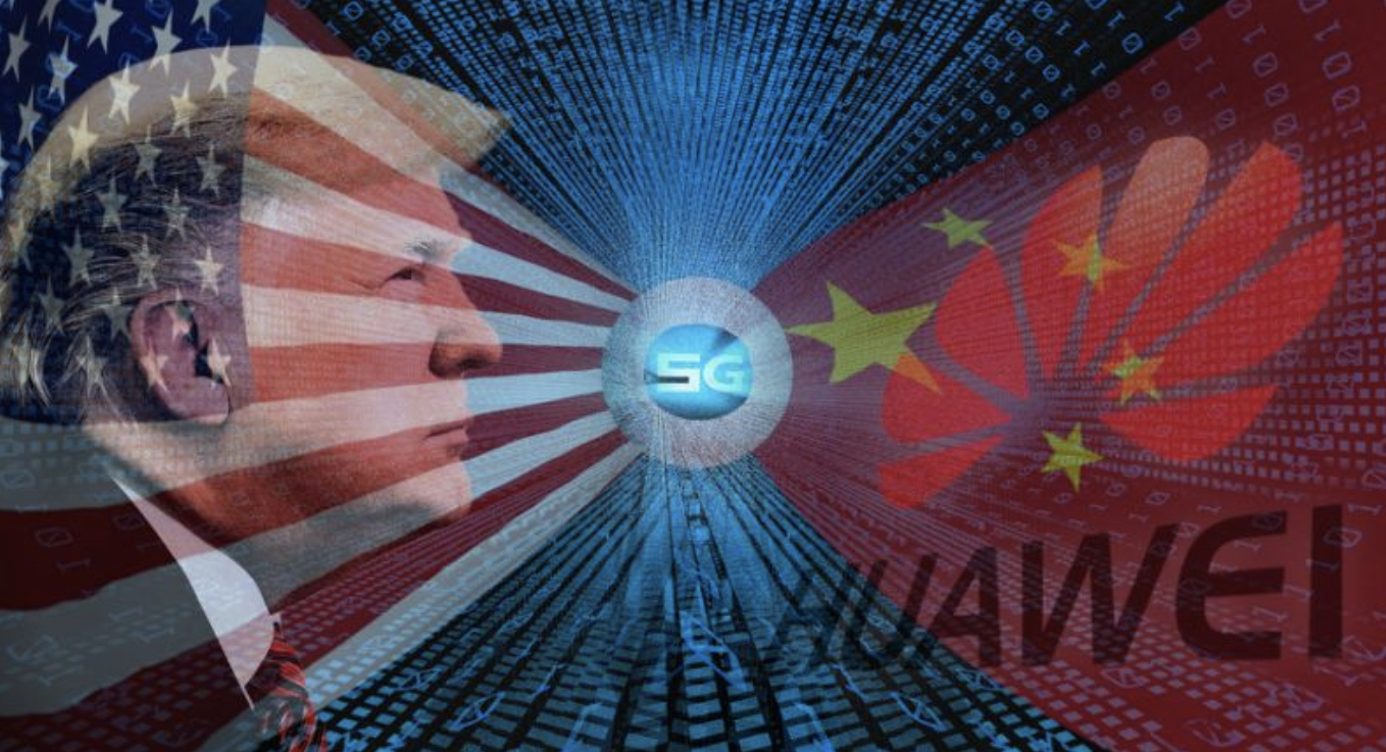China has waded into the debate over whether the retreat from globalisation is a passing nuisance or is here to stay. Its verdict? The trend is for real, but China aims to turn the reversal to its advantage with a new economic strategy. If it succeeds, the consequences for the rest of the world could be far-reaching.
A sustained, multi-pronged attack on China by the US administration has dispelled any doubt Beijing may have had about President Donald Trump’s determination to decouple the US economy from China.
Washington has followed up its bid to drive telecoms kit maker Huawei out of business with threats to delist Chinese companies from US stock exchanges and an order for Bytedance to sell the US operations of its TikTok video-sharing app. In the latest move, the Department of Commerce has sanctioned 24 firms involved in China’s expansion in the South China Sea, including China Communications Construction Co, a major contractor on projects for President Xi Jinping’s flagship Belt and Road initiative.
The message has got through. In response, Chinese officials have started to talk of pursuing a “Dual Circulation Strategy”. Plucked from the same book of leaden communist jargon that gave us “The Three Represents” and “The Four Comprehensives” (don’t ask), the phrase appears to mean that China will redouble efforts to boost consumer-led domestic demand and technological self-sufficiency while continuing to profit as best it can from diminished globalisation.
“Essentially, the DCS aims to build up domestic economic strength through rebalancing in the face of intensifying external risks while maintaining China’s deep engagement with the global supply chain,” says Bo Zhuang with economic consultancy TS Lombard in Beijing.
In two important ways, the DCS is not a radical departure. First, China has been trying for years to pass the baton of growth from investment and exports to household spending. The results have been mixed.
The gross value of China’s exports has halved as a proportion of GDP since 2007 and domestic consumption accounted last year for fully 60% of GDP growth. But private consumption in 2019 was still a shockingly low 39% of GDP, up from 35% in 2010 but a fraction of the US level of 69%.
Second, the emphasis in the DCS on increased economic self-reliance is an extension of earlier strategies, including “Made in China 2025”, a plan to achieve mastery in a clutch of advanced technologies, and the agenda for “supply side structural reform” unveiled in 2015.
Rising hostility
What is new is the international context. Xi has evidently concluded that, with hostility to China rising, there is an urgent need to make the economy less vulnerable to external risks such as Trump’s tariffs and his campaign to cut China’s access to advanced microchips.
Just as China is being forced to rely less on the rest of the world, Covid-19 is prompting the rest of the world to rely less on China. By exposing the dangers of over-dependence on a few providers, in this case of medical equipment, the pandemic is leading to a broader review of China’s pivotal role in supply chains.
The European Union, for instance, is worried about the bloc’s over-reliance on Chinese imports of critical raw materials used to make batteries and renewable energy gear. Such concerns can only accelerate the repatriation by foreign firms of some of their Chinese manufacturing operations, a shift that, initially at least, can only harm the mainland’s economy.
Foxconn, a huge Taiwan-based contract electronics manufacturer, employs more than 1 million people in China, notably assembling iPhones for Apple. But the firm is planning to invest $1 billion to expand a phone factory in India and is one of several Taiwanese companies eyeing expansion in Mexico, Reuters has reported.
The Sino-US confrontation had split the world into a “G2” and Foxconn was working on “providing two sets of supply chain to service the two markets”, Liu Young-way, the firm’s chairman, said. “The world factory no longer exists.”
Rising Chinese wages are certainly prompting producers of basic goods such as textiles and shoes to move to lower-cost countries such as Vietnam and Cambodia. Higher up the value chain, demand for individual customisation and rapid delivery is encouraging manufacturers in advanced countries to return home, according to Ian Goldin, a professor of globalisation and development at Oxford University.
New strategy could hurt the West
So, while China’s high-end manufacturers are unmatched for scale and sophistication, the deeply uncertain external environment means Beijing cannot rest on its laurels. Hence the dual circulation strategy.
Policymakers insist that the DCS does not mean China is turning its back on global economic integration, but Jude Blanchette and Andrew Polk with the Center for Strategic and International Studies, a Washington think-tank, say even a marginal shift in focus away from mercantilist export practices could fundamentally reshape global trade and investment flows.
What’s more, if the new strategy entails an even sharper focus on high-value production, China may seek to replicate the German manufacturing model.
“If successful, such a move would represent a major challenge to industrialised economies. China’s scale of production could begin to disrupt a range of new market segments – as has happened with solar and lithium batteries in the past,” Blanchette and Polk argue.
Translated: President Trump should be careful what he wishes for. Attempts to contain China could backfire and threaten the dominance that the US and allies including Germany, Japan and South Korea enjoy in key industrial sectors.
That much is clear from a still nebulous, irredeemably clunky catch phrase that we’ll be hearing a lot more about in the months to come.






















